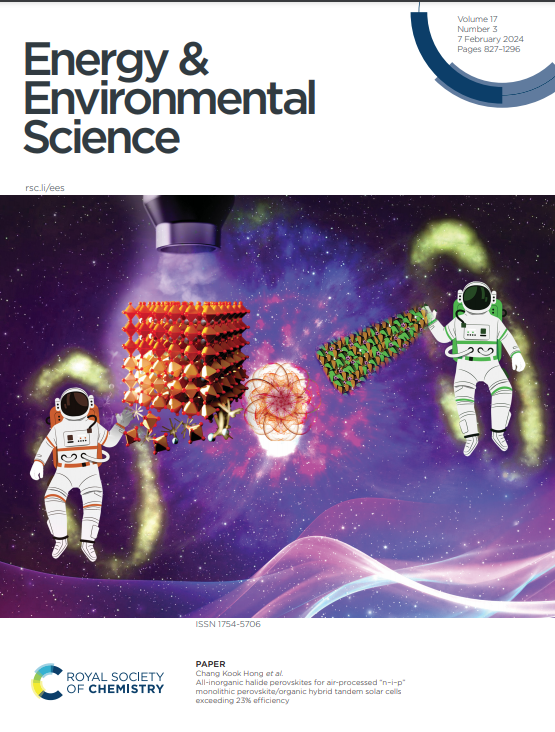Multifunctional composite magnet realizing record-high transverse thermoelectric generation
IF 32.4
1区 材料科学
Q1 CHEMISTRY, MULTIDISCIPLINARY
引用次数: 0
Abstract
Permanent magnets are used in various products and essential for human society. If omnipresent permanent magnets could directly convert heat into electricity, they would lead to innovative energy harvesting and thermal management technologies. However, achieving such “multifunctionality” has been difficult due to poor thermoelectric performance of conventional magnets. In this work, we develop a multifunctional composite magnet (MCM) that enables giant transverse thermoelectric conversion while possessing permanent magnet features. MCM comprising alternately and obliquely stacked SmCo5/Bi0.2Sb1.8Te3 multilayers exhibits an excellent transverse thermoelectric figure of merit zxyT of 0.20 at room temperature owing to the optimized anisotropic structure and extremely low interfacial electrical and thermal resistivities between the SmCo5 and Bi0.2Sb1.8Te3 layers. The MCM-based thermopile module generates a maximum of 204 mW at a temperature difference of 152 K, whose power density normalized by the heat transfer area and temperature gradient is not only record-high among transverse thermoelectric modules but also comparable to those of commercial thermoelectric modules utilizing the Seebeck effect. The multifunctionality of our MCM provides unprecedented opportunities for energy harvesting and thermal management everywhere permanent magnets are currently used.

求助全文
约1分钟内获得全文
求助全文
来源期刊

Energy & Environmental Science
化学-工程:化工
CiteScore
50.50
自引率
2.20%
发文量
349
审稿时长
2.2 months
期刊介绍:
Energy & Environmental Science, a peer-reviewed scientific journal, publishes original research and review articles covering interdisciplinary topics in the (bio)chemical and (bio)physical sciences, as well as chemical engineering disciplines. Published monthly by the Royal Society of Chemistry (RSC), a not-for-profit publisher, Energy & Environmental Science is recognized as a leading journal. It boasts an impressive impact factor of 8.500 as of 2009, ranking 8th among 140 journals in the category "Chemistry, Multidisciplinary," second among 71 journals in "Energy & Fuels," second among 128 journals in "Engineering, Chemical," and first among 181 scientific journals in "Environmental Sciences."
Energy & Environmental Science publishes various types of articles, including Research Papers (original scientific work), Review Articles, Perspectives, and Minireviews (feature review-type articles of broad interest), Communications (original scientific work of an urgent nature), Opinions (personal, often speculative viewpoints or hypotheses on current topics), and Analysis Articles (in-depth examination of energy-related issues).
 求助内容:
求助内容: 应助结果提醒方式:
应助结果提醒方式:


